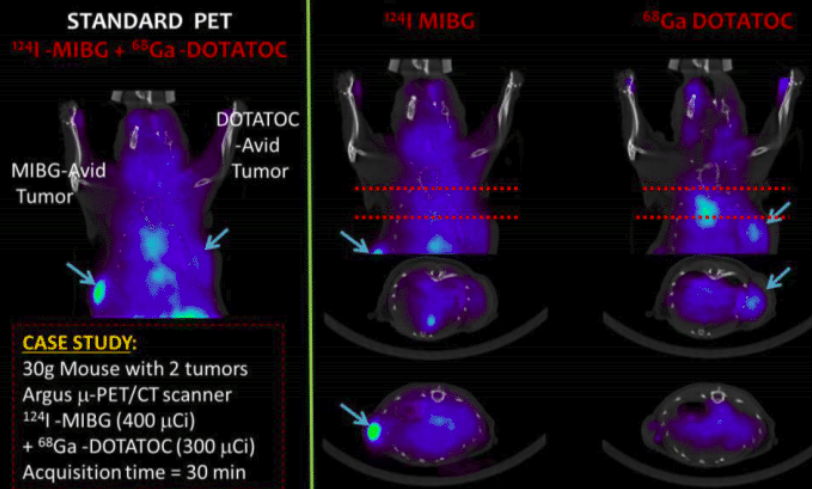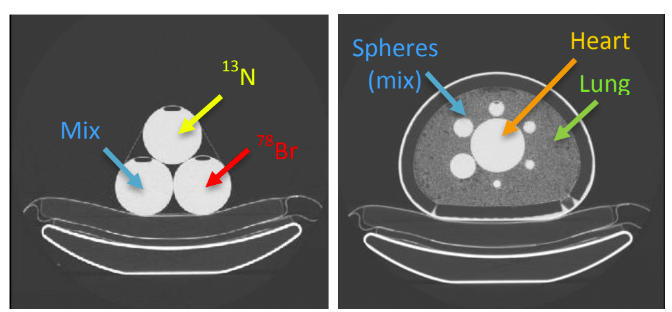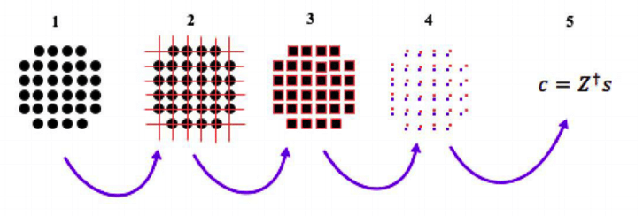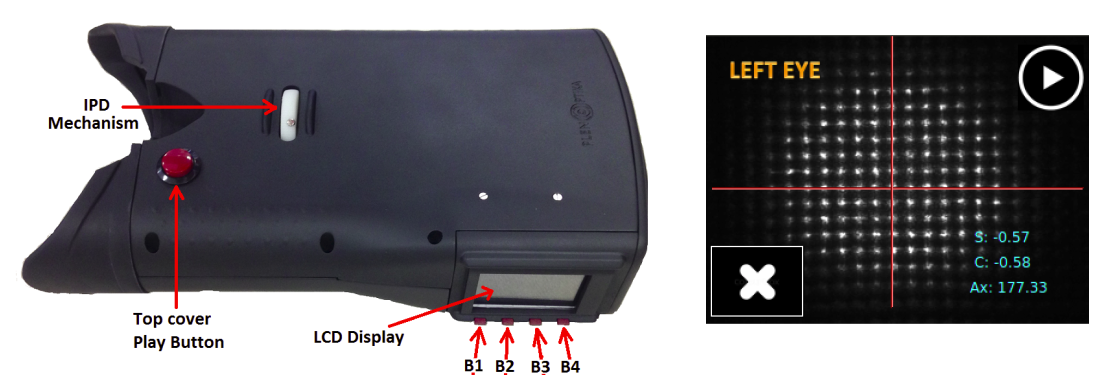| AUTHORS | |
| JOURNAL | IEEE Nuclear Science Symposium & Medical Imaging conference |
| ABSTRACT |
In this work, we propose a novel 4D reconstruction method for PET which is based on spatiotemporal total variation (ST-TV). The ST-TV method takes advantage of image redundancies in 4D and was efficiently implemented using the split Bregman formulation, which has been shown to be optimal for decreasing noise while maintaining image quality. To evaluate the proposed approach we simulated data for a dynamic numerical phantom with different number of counts to mimic high and low Signal-to-Noise Ratio (SNR) scenarios.
|
Year: 2016
| Funding Agency |
US – India Science and Technology Endowment Fund (USISTEF) |
| Principal Investigator/s |
Dr. Shivan R. Dave |
| Information | Type of Grant: Competitive funding , United states
Grant code: Awardee Organization: Plenoptika Inc (USA), Aurolab (India), Aravind Eye Care System (India) Public Health Relevance Statement: Project Start Date: 2014 Project End Date: 2016 Total Funding: $500.000 MEDIC Personnel included in the grant / Role: Dr.Eduardo Lage / Consultant |
| Funding Agency |
PlenOptika Inc, United States
|
| Principal Investigator/s | Eduardo Lage |
| Information | Type of Grant: Private funding , United states
Grant code: — Awardee Organization: Universidad Autonoma de Madrid Project Start Date: 01-April-2016 Project End Date: 31-Dec-2016 Total Funding: — MEDIC Personnel included in the grant / Role: Various |
| AUTHORS |
Joaquin L. Herraiz
Stephen C. Moore
Jose M. Udias
Santiago Peña-Zalbidea
Mi-Ae Park
Marisa SotoMontenegro Juan Jose Vaquero
Francisca Mulero
Eduardo Lage
|
| JOURNAL | European Molecular Imaging Meeting-EMIM, 2016 |
| ABSTRACT | Introduction: Simultaneous in-vivo imaging of several biological processes may improve oncological, neurological and cardiovascular studies by providing complementary information obtained under the same exact conditions and coregistered in space and time. Standard PET imaging does not allow multiplexed acquisitions, as all annihilation photons have the same energy. We developed a technique called multiplexed PET (mPET), which uses a tracer labelled with a pure positron emitter (such as 18 F, 13 N, 11 C), and a tracer labeled with a positrongamma emitter (such as 124 I, 76 Br, 82 Rb, 86 Y). Positrongamma emitters generate a significant number of triplecoincidences , which allows them to be differentiated from the standard PET radionuclides . In this work, we evaluated the performance of mPET using phantom and animal experiments. |
| AUTHORS |
Joaquin L. Herraiz
Eduardo Lage
Jose G. Venegas
|
| JOURNAL | IEEE Nuclear Science Symposium & Medical Imaging conference |
| ABSTRACT |
Triple coincidences in PET can be used to enable the simultaneous imaging and separation of radiotracers labeled with standard positron emitters (such as 13N) and positron-gamma emitters (such as 76 Br). We have previously shown that multiplexed PET can be achieved without any kinetic modelling or hardware modification, and therefore it can be used in most current PET scanners. The goal of this study was to demonstrate that this methodology can be applied to solve important clinical needs, such as the quantitative measurement of the liquid absorption in the airways, a new biomarker for the treatment response of Cystic Fibrosis (CF) patients. |
| Funding Agency |
International Agency for the prevention of Blindness
|
| Principal Investigator/s | Shivang R. Dave & Sriram Ravilla |
| Information | Type of Grant: Competitive funding , International
Grant code: Seeing is believing grant 2016 Awardee Organization: Plenoptika Inc and Aurolab Project Start Date: 2016 Project End Date: 2017 Total Funding: $200,000 MEDIC Personnel included in the grant / Role: Dr. Eduardo Lage / Investigator |
| AUTHORS / CAREER / CENTER | David Nevares / Biomedical Engineering / Universidad Carlos III de Madrid |
| SUPERVISOR | Eduardo Lage, PhD, Universidad Autonoma de Madrid |
| TYPE | Bachelor Thesis |
| ABSTRACT | Purpose: To compare the visual acuity (VA) resulting from eyeglasses prescribed by a novel autorefractor and by subjective refraction.
Methods: A total of 81 eyes from 42 patients (mean age 38 ± 13yrs, ametropia range -6.25 to +4.5D spherical equivalent power (SE)) were refracted and their VA tested in |
| AUTHORS / CAREER / CENTER | Carlos S. Hernandez / Biomedical Engineering / Universidad Carlos III de Madrid |
| SUPERVISOR | Eduardo Lage, PhD, Universidad Autonoma de Madrid |
| TYPE | Bachelor Thesis |
| ABSTRACT | Motivation: A major part of global population suffers poor vision that can be easily corrected with eyeglasses. Uncorrected refractive errors can lead to severe visual impairment and even blindness. The problem is that trained eye care professionals or automated devices that prescribe eyeglasses are not easily available. |











